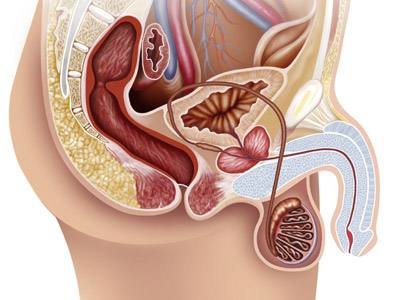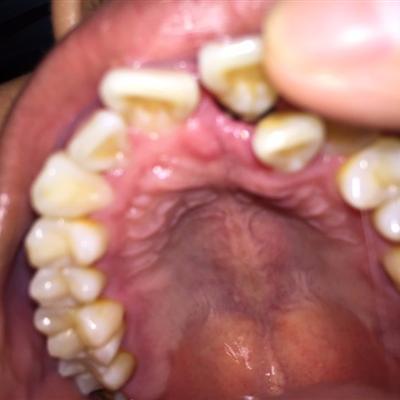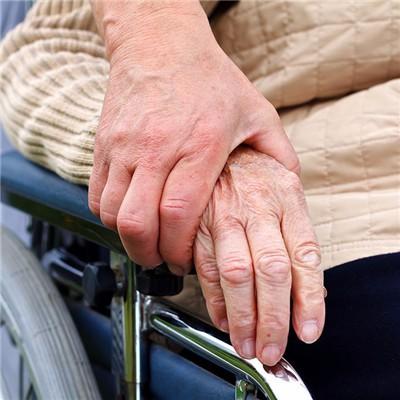How is sympathetic cervical spondylosis treated
summary
Cervical spondylosis, also known as cervical syndrome, is the general name of cervical osteoarthritis, proliferative cervical spondylitis, cervical nerve root syndrome and cervical disc prolapse. It is a disease based on degenerative pathological changes. Mainly due to long-term cervical strain, bone hyperplasia, or intervertebral disc prolapse, ligament thickening, resulting in cervical spinal cord, nerve root or vertebral artery compression, a series of dysfunction of clinical syndrome. The symptoms were instability and loosening of vertebral segment; Protrusion or prolapse of nucleus pulposus; Spur formation; Hypertrophic ligaments and secondary spinal stenosis stimulate or compress adjacent nerve roots, spinal cord, vertebral artery and cervical sympathetic nerve, causing a series of symptoms and signs. How to treat sympathetic cervical spondylosis.
How is sympathetic cervical spondylosis treated
First: pay attention to daily diet: drink less, eat more fresh vegetables: such as bean sprouts, kelp, fungus, garlic, celery, sweet potato, wax gourd, mung bean. Eat more light diet, avoid greasy and salty food, easy to digest food is an excellent choice, but also avoid spicy food. Eat more nutritious bone marrow food. Traditional Chinese medicine believes that walnut, Cornus officinalis, Shengdi, black sesame and ox bone have the function of tonifying kidney and marrow. These materials can be added to the daily diet to strengthen the muscles and bones and delay the degeneration of the kidney and spine.
Second: pay attention to the reasonable arrangement of work and rest time, do regular maintenance exercises: desk work should not last for a long time, more than 2 hours of continuous bow work, it is difficult to make the high pressure in the cervical intervertebral space in a short time to get effective recovery and relief, this will aggravate and accelerate the degeneration of cervical spine. Proper maintenance exercises can make cervical spondylosis recover and relieve to a certain extent. For example: sitting upright, the whole body does not move, single head movement, respectively do head down, head up, left turn, right turn, stretch forward, back; Circle clockwise and counterclockwise. 5 minutes each time, the movement should be gentle and gentle.
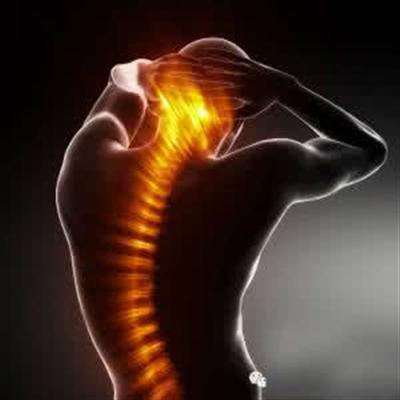
Third: avoid taking part in heavy physical labor: pick up heavy objects, etc., usually should pay attention to protect the neck, to prevent injury. The upper limbs should avoid extracting heavy objects. When the upper limbs lift heavy objects, the force can be transferred to the cervical spine through the muscles of the suspended upper limbs, so that the cervical spine is pulled and the mutual pressure between the cervical spine is increased. The symptoms of patients with cervical spondylosis may be aggravated after taking part in heavy physical labor.
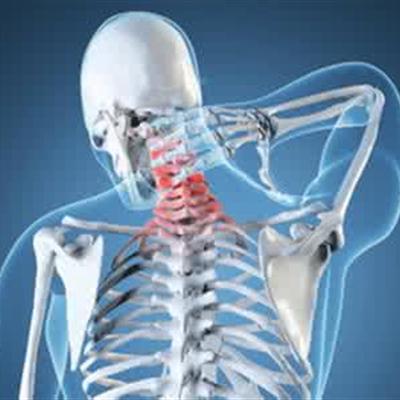
matters needing attention
1. Reasonable arrangements for rest, not excessive fatigue. 2. The head should be moved regularly.
